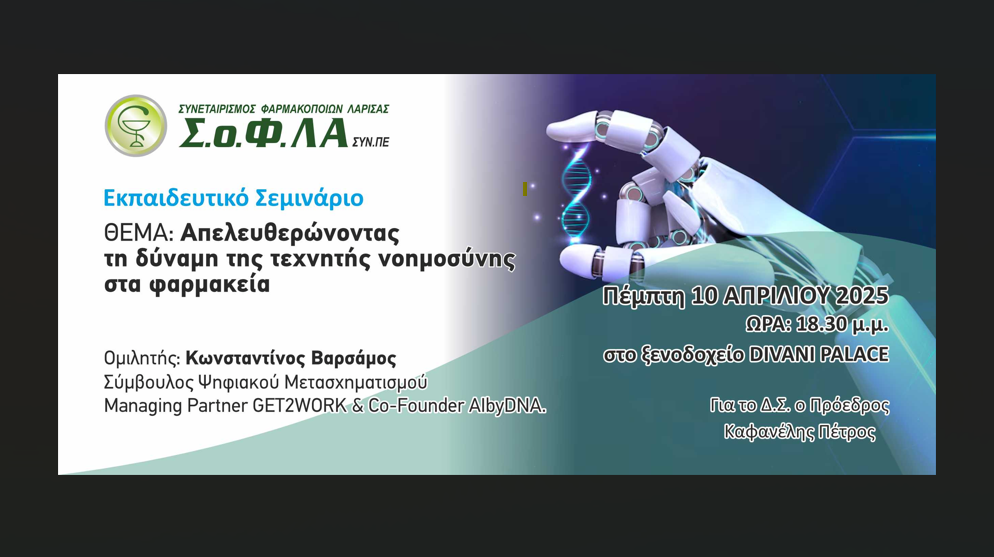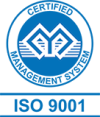
The communication between a pharmacist and their customer revolves around two key axes: the degree of control the pharmacist desires in the relationship (low or high) and the corresponding degree of control sought by the customer. These two axes define four distinct communication models.
The Four Pharmacist–Customer Communication Models
- Indifference Model
In this model, neither the pharmacist nor the customer values communication, often because they perceive it as unimportant. This typically occurs in procedural, formal exchanges, such as completing bureaucratic tasks. - Paternalistic Model
Here, the pharmacist assumes a dominant role in communication, seeking to impose their viewpoint based on their expertise and professional authority. This occurs when the pharmacist guides the customer, believing their knowledge justifies their leadership in the interaction. - Consumeristic Model
In this case, the customer dominates the communication, imposing their preferences. An example is when a customer insists on purchasing a specific product, disregarding the pharmacist’s suggestions, even if the latter offers a better alternative.
Reciprocal Model
Both the pharmacist and the customer actively engage, sharing significant roles in communication. Each party values the other’s input in decision-making. For example, a customer may seek the pharmacist’s advice before deciding which product to purchase.
Integrating Communication Models in Pharmacies
These four communication styles alternate daily between pharmacists and their customers. Ideally, they should also be reflected in pharmacies’ physical and digital communication efforts, such as social media campaigns.
However, most pharmacy messages today predominantly adopt the consumeristic model, promoting brands through discounts, gifts, offers, or contests featuring branded prizes.
What is glaringly absent is the reciprocal model, which highlights the pharmacy’s advisory role. Pharmacies should communicate supportive messages to patient groups (e.g., diabetics, hypertensive individuals), remind customers of healthy living practices (exercise, weight loss), inform them about preventive health measures (check-ups), and discourage unhealthy behaviors (smoking, excessive alcohol consumption).
Overemphasis on the consumeristic model diminishes the “health advisor” image pharmacies aim to cultivate, reducing them to mere vendors of health products.
Balancing Communication Models
Pharmacies planning to communicate with customers through various channels should strive for a balanced mix of models. An ideal distribution could be:
- 20% Paternalistic Model: Enhancing the pharmacy’s authority and professional image.
- 50% Reciprocal Model: Strengthening the perception of the pharmacy as a health advisor.
- 30% Consumeristic Model: Including offers, discounts, and promotions.
Conclusions and Recommendations
To summarize:
- Pharmacies naturally adopt four communication models in their in-store interactions: indifference, paternalistic, consumeristic, and reciprocal.
- Currently, pharmacies rely heavily on the consumeristic model in social media and other communications, which undermines their role as health advisors.
- Pharmacies should incorporate more reciprocal messages, complemented by some paternalistic communication, while reducing their reliance on consumeristic messages. The suggested distribution is 20% paternalistic, 50% reciprocal, and 30% consumeristic.
For further information on pharmacy communication models and effective strategies for social media, you may contact Mr. Andreas Evangelatos (Athens University of Economics and Business) at [email protected].






